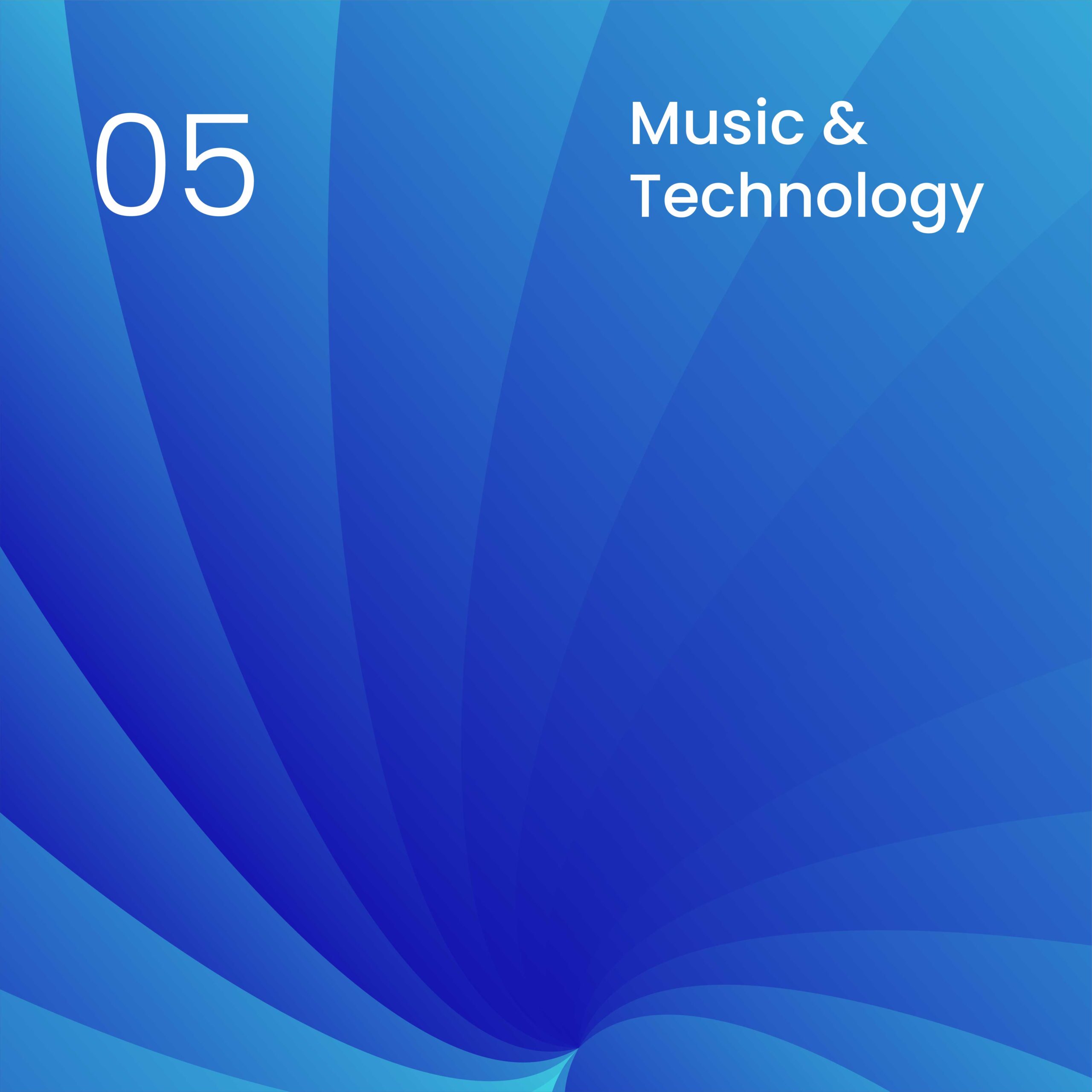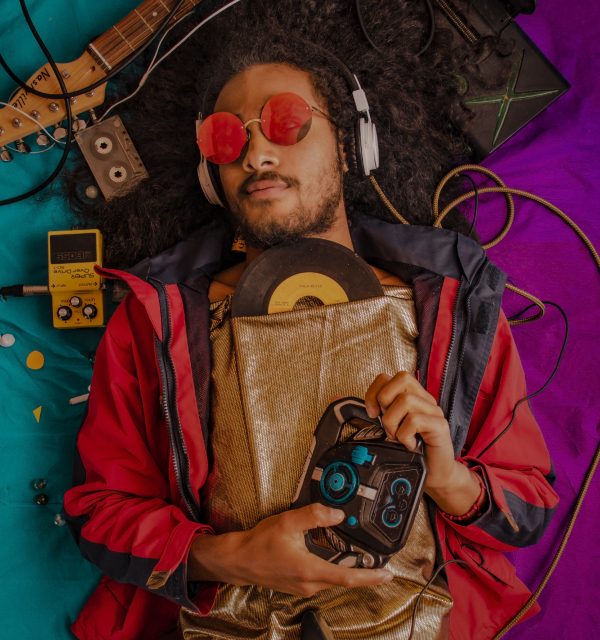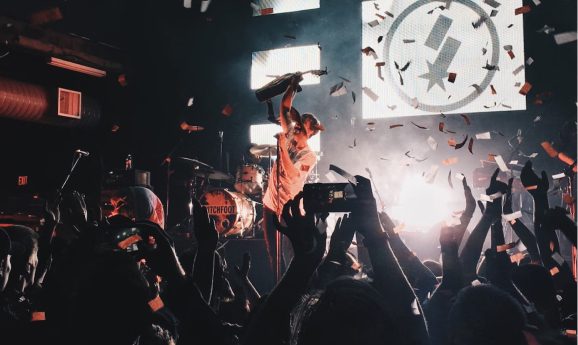Beyond the Vinyl: The Tech That Revolutionized Music
The history of music is inseparable from the evolution of technology. From the first vinyl records to streaming platforms that fit entire libraries in our pockets, technology has continually transformed the way we create, share, and consume music. In India, where music is deeply woven into the cultural fabric, these innovations have not only changed how music is experienced but also democratized access, creating a vibrant and ever-evolving musical landscape.
The journey began with the invention of the phonograph by Thomas Edison in 1877. This groundbreaking device enabled music to be recorded and played back for the first time, giving birth to the era of vinyl records. By the early 20th century, vinyl had become the primary medium for distributing music globally. In India, gramophones brought classical and folk music to urban households, while Bollywood film songs gained mass popularity through these records. Vinyl was more than just a format—it was a cultural icon, turning music into a shared experience for families and communities.
However, the dominance of vinyl began to wane with the advent of magnetic tape in the 1960s. Cassette tapes offered portability and affordability, allowing music to reach a broader audience. In India, this led to a revolution in regional music, with cassettes becoming a lifeline for artists from smaller towns and rural areas. Companies like T-Series built empires on the back of cassette sales, recording everything from devotional songs to folk music, making it accessible to millions. Cassettes also introduced the concept of personalized playlists, as listeners could create their own mixtapes—a precursor to today’s curated playlists.
The 1980s and 1990s saw the rise of compact discs (CDs), which offered superior sound quality and durability compared to cassettes. CDs became synonymous with modernity and sophistication, catering to urban audiences who embraced the digital age. In India, the shift to CDs coincided with the liberalization of the economy, leading to a boom in the entertainment industry. Bollywood soundtracks dominated CD sales, while international pop and rock albums found a growing fanbase among Indian youth. CD players became a status symbol, reflecting the aspirations of a generation eager to embrace global trends.
Then came the internet, which would prove to be the most disruptive force in the history of music technology. The late 1990s and early 2000s saw the rise of MP3s and peer-to-peer file-sharing platforms like Napster. These technologies broke down geographical barriers, making it possible for anyone with an internet connection to access music from around the world. For India, this was a game-changer. Regional artists who previously struggled to find an audience could now reach listeners across the globe, while Indian audiences were introduced to global genres like hip-hop, EDM, and K-pop.
The next leap came with the advent of streaming platforms. Services like Spotify, Apple Music, and in India, Gaana and JioSaavn, revolutionized how music was consumed. Streaming platforms offered unprecedented convenience, giving users access to millions of songs at their fingertips. For Indian audiences, these platforms bridged the gap between tradition and modernity, offering everything from ancient ragas to the latest Bollywood hits. Regional music also found a new lease on life, with platforms curating playlists in languages like Tamil, Punjabi, and Bengali, catering to India’s diverse linguistic landscape.
Streaming also introduced data-driven personalization, using algorithms to recommend music based on listening habits. This technology reshaped how listeners discovered new artists and genres. In India, where Bollywood once dominated the music scene, streaming has created space for independent artists, with platforms like Spotify’s “Fresh Finds India” highlighting emerging talent. The accessibility of streaming has democratized the music industry, enabling artists to bypass traditional gatekeepers and connect directly with their audience.
While streaming transformed music consumption, advancements in production technology revolutionized how music was created. Digital audio workstations (DAWs) like Ableton, Logic Pro, and FL Studio made professional-grade music production accessible to anyone with a computer. In India, this led to the rise of bedroom producers—artists who create, mix, and master tracks from the comfort of their homes. From electronic beats in Bengaluru to lo-fi chillhop in Delhi, Indian producers are leveraging technology to carve out unique musical identities.
AI and machine learning are the latest frontiers in music technology. AI tools can analyze patterns in music to compose new melodies, suggest arrangements, or even create entire tracks. In India, AI has been used to remaster old classics, giving a fresh lease of life to vintage Bollywood songs. Additionally, AI-powered apps are helping aspiring musicians learn instruments and improve their skills, democratizing music education in a way that was previously unimaginable.
Another groundbreaking innovation is blockchain technology, which is addressing long-standing issues in music royalties. By providing a transparent and decentralized ledger, blockchain ensures that artists receive fair compensation for their work. For India’s independent music scene, which often struggles with royalty disputes, this could be a game-changer, empowering artists to retain greater control over their creations.
The role of social media in music’s evolution cannot be overstated. Platforms like YouTube, Instagram, and TikTok have become virtual stages where artists showcase their work, build fanbases, and even go viral. In India, TikTok played a significant role in popularizing regional songs, turning them into national hits. Social media has also blurred the lines between creators and consumers, enabling real-time interaction and collaboration.
Looking ahead, the possibilities for music and technology are endless. Virtual reality (VR) and augmented reality (AR) are set to transform live performances, offering immersive experiences that transport audiences to digital concert halls or interactive music videos. For India, where physical access to live concerts is limited for many, VR could make world-class performances accessible to fans in the remotest corners of the country.
Music technology has come a long way since the days of vinyl, but its core mission remains the same: to bring people closer to music. Each innovation, from cassettes to streaming, has expanded our ability to experience, share, and create music, making it more personal and universal than ever. In India, a nation where music is both a cultural cornerstone and a rapidly evolving industry, these technologies have not just transformed the way music is consumed but also how it is understood and celebrated. As we move forward, the symphony of music and technology will only grow louder, blending tradition with innovation in ways we are just beginning to imagine.













